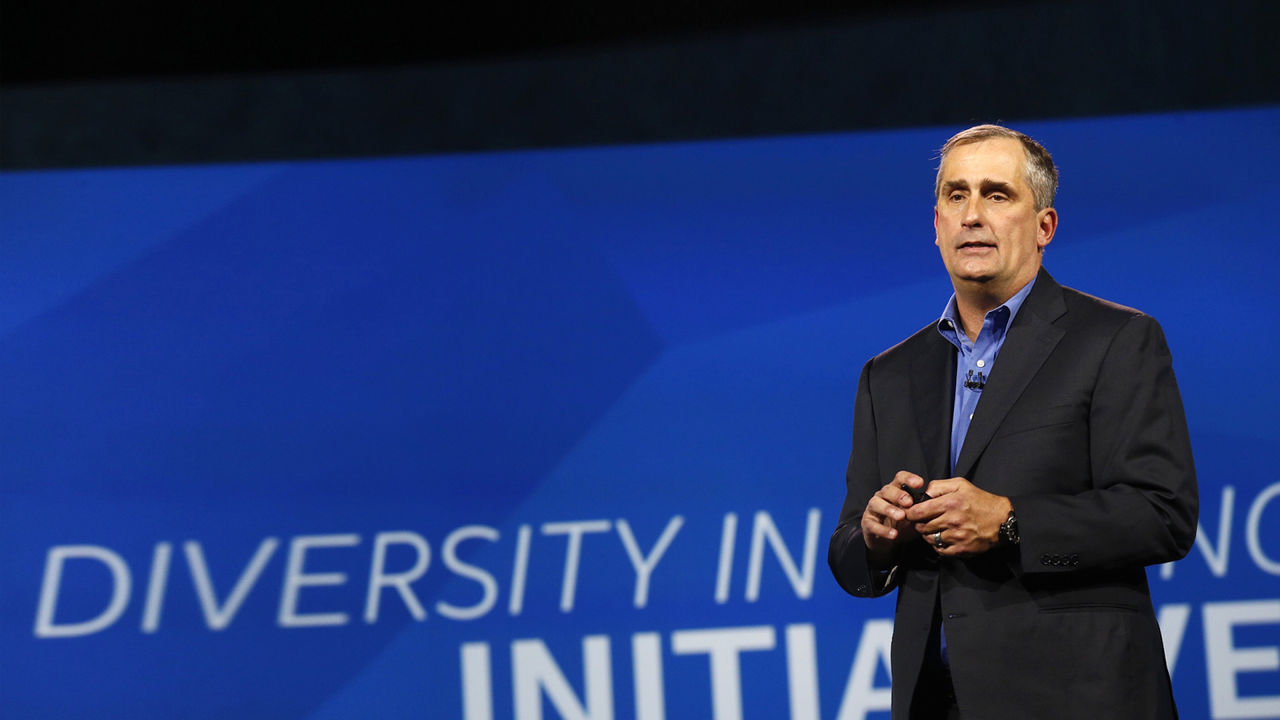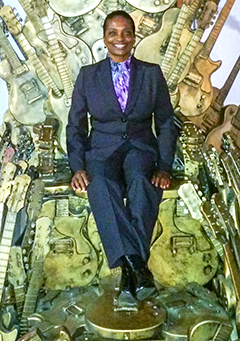
Tech Talk
07 Feb Apple And Intel Employees Work On MLK Day: Are Tech Diversity Efforts Sincere?
In their Golden Globes opening, hosts Tina Fey and Amy Poehler delivered a rundown of the five films nominated for Best Motion Picture—Drama. While describing Selma as the story of the epic march from Selma to Montgomery, culminating in LBJ signing the Voting Rights Act...
06 Feb The powerful woman behind Intel’s new $300 million diversity initiative
Intel president Renée James is building a pipeline of female and other groups of underrepresented engineers and computer scientists. Amidst the barrage of new TVs and connected fitness trackers unveiled at last week’s Consumer Electronics Show (CES) in Las Vegas came a surprising announcement from chipmaker Intel: a $300 million investment in training and recruiting female and other groups of under-represented computer scientists.05 Feb Tech Talk with Robert Runcie
Superintendent Robert Runcie talks about upgrading and integrating technology in Broward schools and the impact of technology on the educational experience of students. ...





